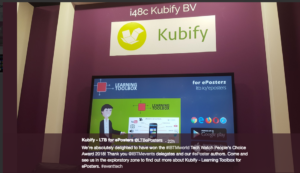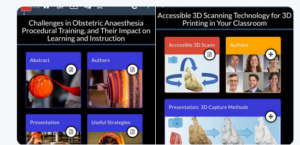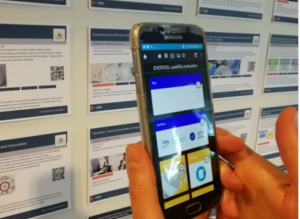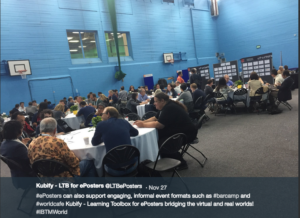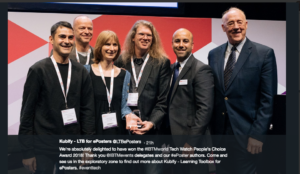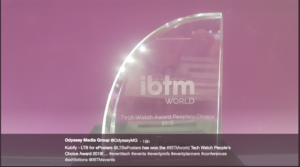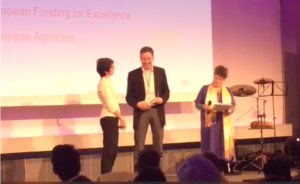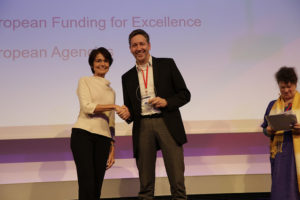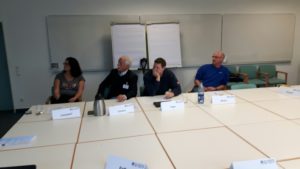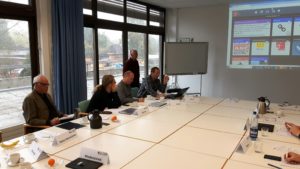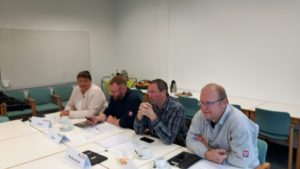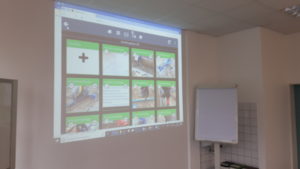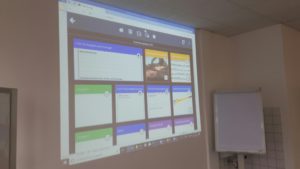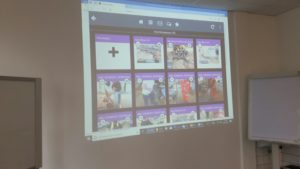Catching up with the TACCLE4-CPD project – Part Two: Revisiting the legacy of the prior TACCLE and Learning Layers projects
With my previous post I started a series of blogs that report on my recent contributions to our ongoing TACCLE4-CPD project. As I mentioned, we are looking at concepts and models for continuing professional development (CPD) of teachers and trainers with emphasis on promoting their digital competences. In my previous post I reported on the document that I had produced for our policy analyses (with emphasis on the field of vocational education and training (VET)). With this post I want to draw attention to the predecessor projects – the three earlier TACCLE projects with focus on classroom teachers and the Learning Layers project with focus on vocational and workplace-based learning.
Below I present my starting points for revisiting the legacy of the predecessor projects:
“This document has the task to revisit training concepts that were (at least intuitively) developed and put into practice in the series of TACCLE projects (starting from 2007 on and continued to recent years) and in the Learning Layers project (starting from 2013 on and continued till the end of 2015). The document has been prepared for the current TACCLE4-CPD project that develops models for continuing professional development (CPD) based on the experiences of prior TACCLE projects and affiliated projects. From this perspective the revisiting exercise serves the following purposes:
- The main point of interest for revisiting the prior TACCLE projects is to clarify, how the projects responded to the development of digital tools and web resources and how this was taken into account in the project activities. In particular it is essential to see, how the training activities provided impulses for shaping the successor activities of the on-going projects.
- The main point of interest in revisiting the Learning Layers (LL) project history is to give a picture of the multiple activities and different project phases. Here, it is essential to see, how the work in the Construction pilot grew together with focus on the development of the Learning Toolbox (LTB).
- When comparing the project histories of the TACCLE projects and the LL project, the main point of interest is to find out, how the training activities (alongside the project work) were related to the end products with which the projects were working. Here it is worthwhile to note the differences between TACCLE courses and the training campaigns during the LL project.
- In the light of the above-mentioned differences it is essential to have a closer look at the impulses for the development of a transfer-oriented training model that we can trace from different phases of the LL project. Here, it is equally important to have a look at the training/learning activities as well as the co-design and pilot testing of new digital tools.
- Finally, it is necessary to consider, how the TACCLE and Learning Layers projects have grown out of their initial scripts and responded to newer challenges that they have met during the project work. In particular it is essential to reflect, how the Learning Layers’ experiences on training the trainers and co-design of new digital toolsets have enriched idea of promoting digital competences.
Based on these explorations the document draws conclusions on the importance of project histories as a basis for CPD concepts that seek to promote digital competences of teachers and trainers – in particular in the field of VET.”
So, this is how I started my revisiting journey. In my next post I will summarise my interim conclusions.
More blogs to come ...
PS: If someone wants to read the full document, I can send it via e-mail or share a link to Google Drive folder. PK
